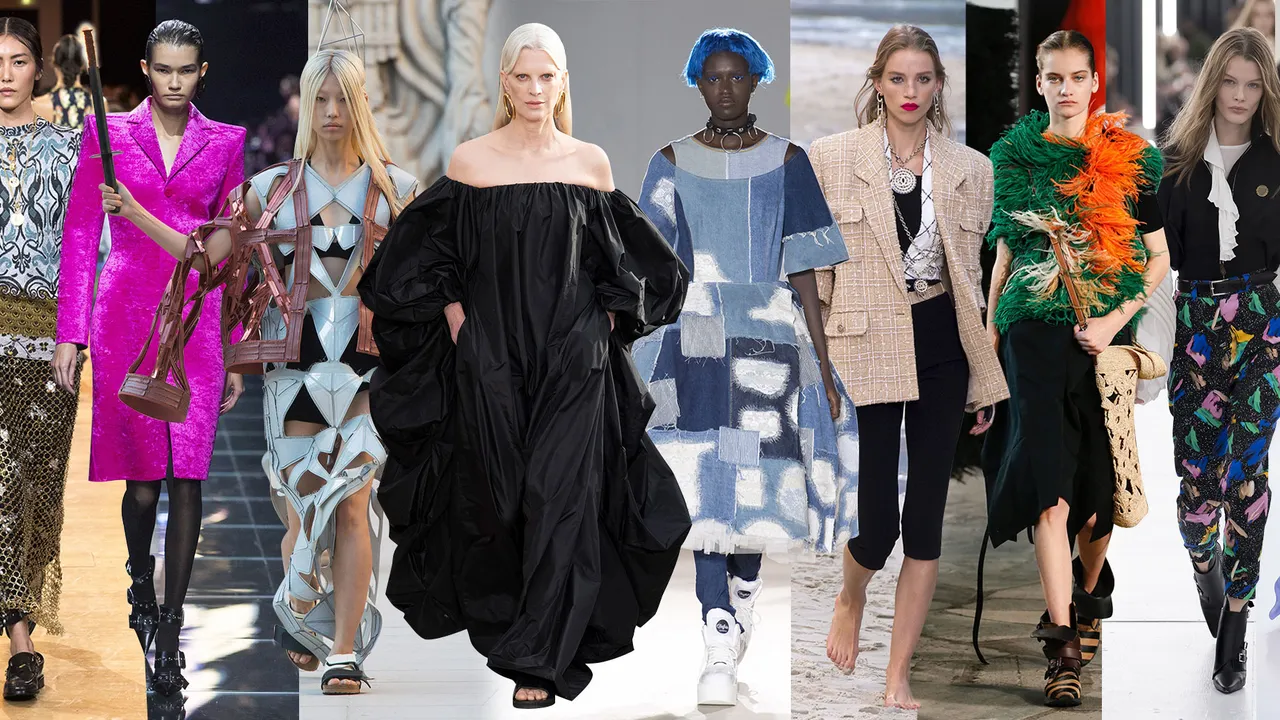vcdiversity.org – In the wake of the digital revolution, the fashion industry has undergone a significant transformation, with one of the most notable changes being the rise of digital fashion shows. These virtual catwalks have become a prominent feature in the industry, offering a new way for designers to showcase their collections, engage with audiences, and adapt to the challenges posed by global events such as the COVID-19 pandemic.
The Evolution of Fashion Presentation
Traditionally, fashion shows were exclusive, in-person events that took place during the major fashion weeks in cities like New York, Paris, Milan, and London. These shows were the highlight of the fashion calendar, where designers could present their latest creations to an audience of industry insiders, celebrities, and press. However, the format was inherently limited in terms of audience reach and accessibility.
The Advent of Digital Fashion Shows
The advent of digital technology and social media has democratized fashion, making it more accessible to a wider audience. Digital fashion shows leverage this technology to create immersive experiences that can be enjoyed by anyone with an internet connection. These shows often incorporate advanced technologies such as 3D modeling, augmented reality (AR), virtual reality (VR), and live streaming to create engaging and interactive experiences.
Benefits of Virtual Catwalks
Global Reach
One of the most significant advantages of digital fashion shows is their global reach. Unlike traditional shows that are limited by venue capacity, virtual shows can be attended by anyone, anywhere in the world. This inclusivity not only increases the visibility of the brand but also allows for a more diverse audience engagement.
Cost-Effectiveness
Digital fashion shows are often more cost-effective than their physical counterparts. The expenses associated with venue rental, set design, travel, and accommodation for models and guests are significantly reduced or eliminated. This allows brands to allocate their budgets more efficiently, potentially investing in more creative digital experiences or other aspects of their business.
Sustainability
The fashion industry has been under scrutiny for its environmental impact, and digital fashion shows offer a more sustainable alternative. By reducing the need for physical travel, these shows lower carbon emissions. Additionally, the digital format allows for the creation of digital-only garments, which do not require the production of physical materials.
Challenges and Criticisms
Despite their benefits, digital fashion shows also face challenges. Some critics argue that they lack the immediacy and emotional impact of a live show. The tactile experience of seeing garments in person and the energy of a live audience are difficult to replicate virtually. Moreover, the success of a digital show heavily relies on technological infrastructure, which can be a barrier for smaller brands or those in regions with limited internet access.
The Future of Digital Fashion Shows
As technology continues to evolve, digital fashion shows are likely to become even more sophisticated and immersive. The integration of AI, machine learning, and more advanced AR/VR technologies will enable even more interactive experiences, where viewers can virtually try on clothes or customize designs in real-time.
Furthermore, the hybridization of fashion shows, combining physical and digital elements, may emerge as a new standard. This approach allows brands to maintain the exclusivity and excitement of a live event while leveraging the accessibility and global reach of digital platforms.
Conclusion
The virtual catwalk has revolutionized the way fashion is presented and consumed. While it may not entirely replace the traditional fashion show, it has certainly carved out a significant space in the industry. As technology continues to advance, digital fashion shows will likely continue to evolve, offering new opportunities for creativity, engagement, and sustainability in the fashion world.
